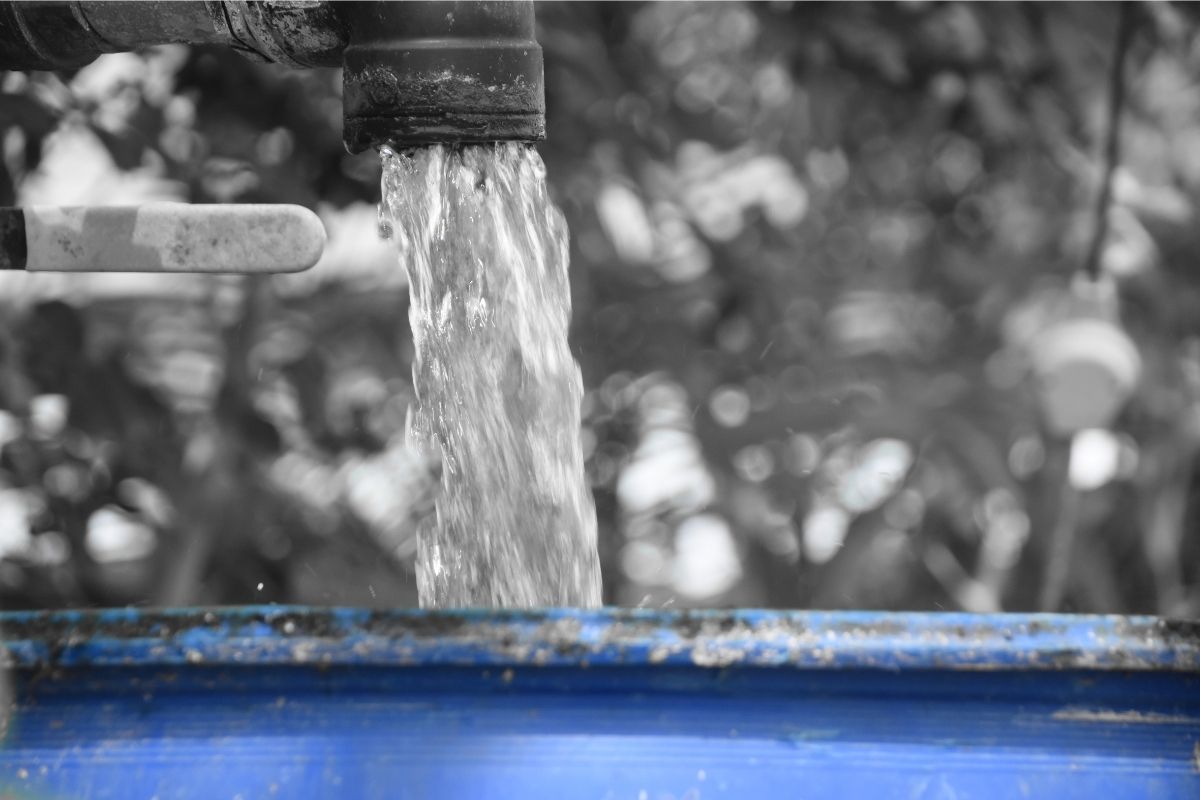
Five Disadvantages of Desalination
We all agree that Desalination has been a life-saver, especially in areas without safe water. These salty waters are made fit for consumption through reverse osmosis or thermal desalination. However, there’s a dark side to this process. Here are five disadvantages of desalination that you probably never knew.
1. Health Hazards
You must have heard countless times that desalination involves a purification process before being consumed. While that is true, some chemicals used in the purification process can easily seep into the purified water. These chemicals can damage your plumbing pipes, and in turn, release by-products of the poisonous chemicals into your water. In this case, drinking desalinated water can be very harmful to your health, especially your digestive system. If you experience any discomfort when consuming desalinated water, it’s your cue to stop.
2. Waste Generation
During desalination, there are a lot of by-products from chemicals and unpurified water. These by-products include excess salt (brine), chlorine, hydrogen peroxide, and other chemicals. What many of these desalination plants do is that they dump these waste products back into the ocean. They disrupt the natural ecosystem of plants and animals in the water. While you now have clean water to drink, the sea becomes polluted as sea plants and fishes struggle to survive.
3. High Energy Use
With every day that passes, people search for newer means to sustain energy. Desalination is quite the opposite. Unlike your standard water purification method, desalination requires a lot of energy to carry out the water treatment process. Most desalination plants use fossil fuels to generate enough electricity to produce this drinkable water. There’s a price to pay for these. First of all, these fossil fuels emit gases that can be dangerous to the environment and people living around the area. In addition to this, your water bills increase significantly.
4. Affected Marine life
Let’s face it; desalination affects marine life and activities in the ocean. Many plants and animals find it hard to survive, and they die. First of all, the phytoplankton, a vital sea creature for food generation, is affected. In turn, it impacts other sea creatures who depend on these phytoplanktons for survival. Many fishes die, and even sea plants are not spared. Although it may seem like an insignificant problem, you’re also affected. Fish is an essential source of protein and is needed in our meals for a balanced diet. If these fishes continue to die, then there’ll be a shortage of fish in the market.
5. Expensive Technology
Desalination may be a great solution to the water crisis going on in the world, but it’s not easy to overlook the fact that it is an expensive technology. Setting up a fully functional desalination plant takes a lot of finances ranging in millions. The cost of maintenance is also very high, and an average consumer may not afford these desalinated waters. Poor communities may not access this clean water since it’s nearly impossible to set up a desalination plant due to low finances.
